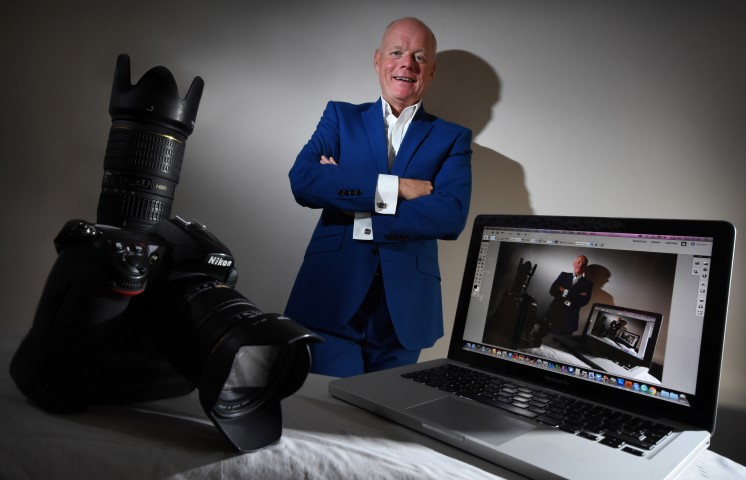
By Ian McClelland, Director of Ian McClelland Photography
The call came in: “Ian, can you write a blog on the advancements of technology in the photography sector?”
Now, this came as a bit of a surprise as being a photographer I’m often tasked with taking photos to accompany pieces of writing such as press releases and blog – rather than being tasked with writing a blog myself.
For the last 25 years I’ve taken many of the photos you may have seen in the press and on the BIC website and this year I’m celebrating 25 years in business.
And throughout the years there have been many changes in the industry – from changes in technology to different client demands, and I’m sure other sectors will have had to adapt to respective changes in their industry as well.
I started my career in the film and darkroom days, which leads me on to the biggest change in professional photography in my lifetime: digital cameras.
Pre-digital – in the press and newspaper world I worked in – the deadline was always dictated by the need to get to the darkroom to develop the film, print the photos and then deliver them to the client by hand. I’d drive them to the office or newspaper of the client before 6 p.m. – ready for publication the next day.
These days – in the online world we live in – you can shoot a job at midnight and email it to the client within the hour for almost instant publication.
The power of online has grown massively – and so too has the ability of the camera itself. Despite the many advancements in camera technology such as more megapixels (which dictates the print quality) and the ability to work in low light, the arrival of the ‘film-free’ camera is – in my opinion – the most significant advancement in professional photography in the last 25 years.
On the technical side, cameras continue to evolve at a rapid pace with more megapixels available around every six months – to a point where they out-perform what the best film camera could produce in the darkroom. Although, many still prefer the ‘feel’ of a photograph produced on film, i.e. grain and not megapixels.
With technological advancement, photographers and people from other sectors will have had to adapt to change. An example of how I’ve had to adapt to meet client demands is learning how to use Adobe Photoshop.
Most people – I’m sure, will have heard of the word ‘Photoshop’ and use it as a byword for airbrushing the image to achieve a ‘perfect image’. It’s a wonderful tool that many professional photographers use on a daily basis. Although I prefer to get the shot right in-camera to a high standard rather than resort to Photoshop to save the shot. But that probably comes from learning my trade in the film days when it had to be right in-camera first time as you could not change it afterwards. Photoshop is a useful tool as it can save an important photo where a person may have their eyes closed or the background colour needs editing.
In summary, with so much technology out there, it’s important to keep up with trends and to try and embrace them to keep up with client demands.
Over the last 25 years it’s been a pleasure to photograph so many members of the North East’s business community and beyond and I’m looking forward to the challenges ahead.
If you require professional photography to enhance your business or brand, please email me: ianmacphotos@ymail.com or call 07799 888723.
About the author:
Ian McClelland is a full-time professional photographer specialising in PR, press, editorial and advertising photography.